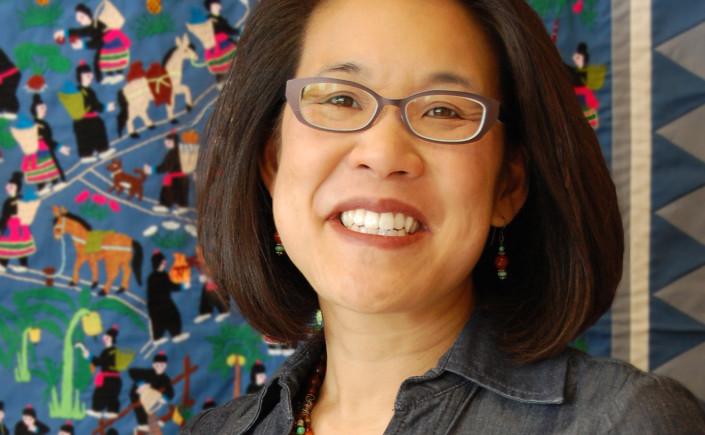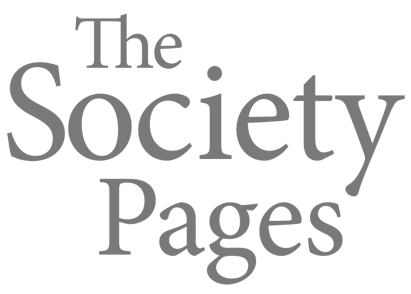 Photo by Amelie Hyams, 2015
Photo by Amelie Hyams, 2015
When people learn that U of M professor Erika Lee (@prof_erikalee) teaches history, they often tell her they are “history buffs.” Professor Lee is not a history buff.
“That’s not the kind of history I do.” She explains, “I am not interested in just factual narration or memorization of little ‘tidbits’ of our past. I AM interested in asking the hard questions – how does the past connect with what’s going on today?”
In addition to being a professor of history in the College of Liberal Arts, Lee helped to found the Asian American Studies Program in 2004 and has served as the Director of the Immigration History Research Center (IHRC) since 2012.
Raised and educated in California, she describes herself as a “Chinese American, 3rd or 6th generation, depending on how you count.” You’d expect her to have known a lot growing up, about the history of Asian Americans. She was shocked to learn how little she knew.
Lee remembers sitting in an undergraduate history class at UC Berkley. The professor was talking about the anti-Chinese movement, a time when Americans were greatly divided over Chinese immigration. Debates eroded into violence against Asian Americans, national condemnation of Chinese immigration, and expulsion of Chinese people from cities. This eventually led to a ban on Chinese immigration.
As her instructor spoke, Lee sat there thinking, “I have never heard this, [not even] within my family. I’m a history major. How come this is the first time I’m hearing this?”
“It made me realize the way we teach American history . . . really glosses things over and leaves things out.” Lee works to share the unknown stories from our past so that the next generation of Asian Americans will know about their part in history.
Asian America has grown dramatically in the past 50 years and become much more diverse. Lee tells us “there are [now] 24 different ethnicities under the Asian, Pacific American umbrella.” She wonders, “How does old Asian America and new Asian America fit together? . . . Where do they fit into a changing America?”
Lee attempts to reveal this unknown history and connect it to global history, slavery, and western expansion. In her new book, The Making of Asian America: A History, Lee connects the issues of the past and present into a wider perspective.
“When we think about immigration history, 2 words come to mind . . . Ellis Island.” Few Americans are aware of Angel Island, an immigration station off the California coast that processed nearly 1 million Asian immigrants between 1910-1940. A great many immigrants came from Europe, through Ellis Island. However Lee feels, “Our mission is to look at the broad diversity of immigration past and present.” And how immigration has shaped America.
Immigration has also transformed Minnesota. First settled by Swedes, Norwegians and German immigrants, we now see a huge change. Lee tells us “We actually have a larger population of refugees, compared to other states. We have the largest Hmong and Somali populations here . . . sometimes the largest populations outside of the homeland country.”
Each immigrant group is interested in their own experiences, Lee finds, and usually only their own experiences. But she feels that it’s “by making these comparisons about similarities and differences across groups and over time, that we can better understand the role of immigration in making the United States . . . and our on-going complicated relationships.”
October 2015 marks 50 years since the passage of the Immigration and Nationality Act of 1965. This act is still being debated. Lee is familiar with the concerns: “Was it a landmark move towards civil rights law? Or was it a law that helps explain how we still have an undocumented immigration situation today?”
Discussion of immigration raises some divisive questions, “Who is included? Who’s excluded? Who do we let in and who is a threat? Do they assimilate? Are they a benefit to the economy or a drain?”
Lee also reminds us that throughout history there have been those who have tried to “raise the specter of immigrant menace.” We still see this today. However, “History shows us that those xenophobes were out of step – not representing the true spirit of America.”
“Historical perspective is needed to better understand the roots of where we are now and . . . how do we fix some of these issues?” Lee feels it’s in “… looking at the between-ness” that you’re able to see the full picture.

